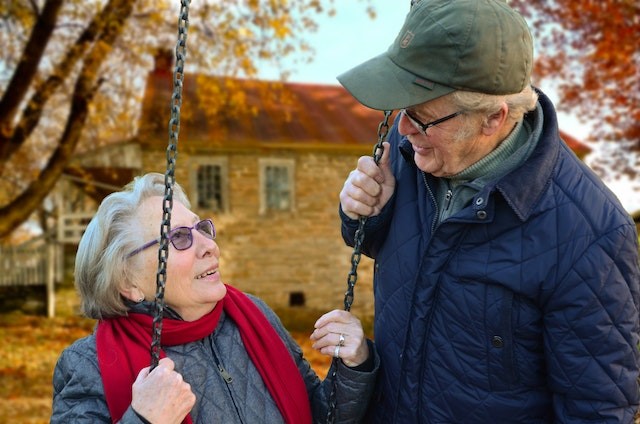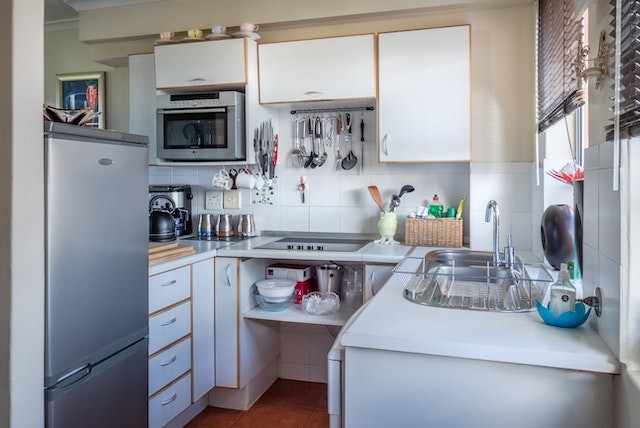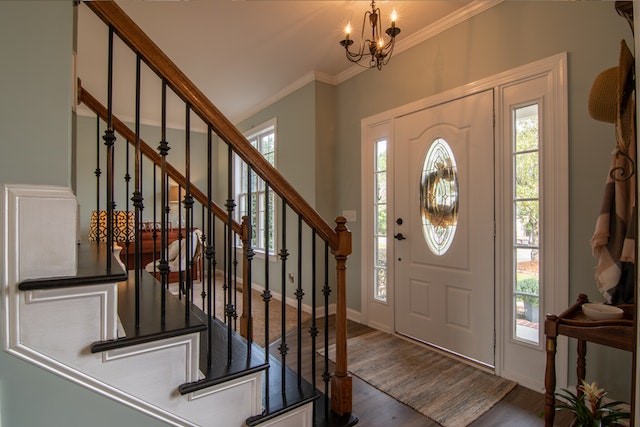Practical Home Renovation Projects for Aging in Place

Aging in place is a concept that resonates deeply with many, encapsulating the desire to live out one’s later years in the comfort of one’s own home. Ensuring a residence undergoes the right home renovation projects for aging in place is paramount. A comfortable and accessible environment not only supports daily functions but also plays a pivotal role in upholding both mental and physical health. Embracing these adaptations can make the difference between merely living and thriving during our golden years, and this article aims to shed light on how to make that possible.
Understanding the Needs of the elders
As the population matures, it’s essential to recognize and address their unique requirements. Physical limitations often arise, bringing forth mobility challenges that necessitate tailored living spaces. Coupled with this, cognitive changes can make unfamiliar surroundings daunting and disorienting. This highlights the indispensable need for a familiar environment where routines can be preserved and cognitive stresses minimized. Above all, the emotional comfort derived from staying at home, surrounded by cherished memories and possessions, is immeasurable. Catering to these needs is not just about physical adjustments but understanding the profound intersection of the physical, cognitive, and emotional dimensions of aging.
Bathroom Bliss: Safety Meets Style
In the quest for aging in place, one room that demands special attention is the bathroom. Known for its slippery surfaces, this space can be a hazard, especially for those with mobility challenges. However, safety doesn’t have to compromise style. Installing grab bars near the shower, bathtub, and toilet can provide crucial support, while maintaining an aesthetic appeal. Similarly, choosing non-slip flooring and bath mats can elevate both safety and design. For ultimate ease, consider installing a walk-in tub or a barrier-free shower. These modifications bring together the best of both worlds—ensuring a bathroom that’s both secure and stylish
Kitchen Conveniences: Effortless Meal Prep
The heart of every home, the kitchen, should be the epitome of convenience, especially when adapting for aging in place. Transforming it begins with lowering countertops, ensuring wheelchair accessibility and ease for all users. Opt for lever-style faucet handles and position appliances within easy reach to streamline meal preparations. A game-changer is the installation of slide-out or pull-down shelves, making every utensil or ingredient effortlessly accessible. Now, during such remodeling phases, it’s essential to keep things out of the way. Efficiently storing belongings ensures a smoother transition, safeguarding items from potential damage and keeping the renovation process uncluttered and efficient.
Seamless Transitions
Transitioning smoothly within one’s home becomes paramount as age introduces mobility challenges. To foster ease of movement, consider introducing ramps over stairs or creating step-free entrances. This not only allows for a fluid motion but also caters to those using mobility devices. Speaking of which, doorways should be widened to comfortably accommodate wheelchairs or walkers, ensuring no area is off-limits. Additionally, the choice of flooring plays a pivotal role; opting for smooth, even surfaces minimizes the risk of trips and falls. With these modifications, every corner transforms into a welcoming space, ensuring residents can navigate with confidence and security.
Light Up Your Space: Enhancing Visibility and Mood
Illuminating one’s home aptly plays a dual role: it enhances visibility for safety and uplifts the mood for well-being. As eyes age, the importance of adequate and glare-free lighting becomes pronounced. Opting for solutions that provide consistent, soft illumination can make daily tasks easier and more enjoyable. Innovations like motion-sensor or touch-activated lights add convenience, illuminating spaces as needed without the hassle of switches. Furthermore, the role of natural light shouldn’t be underestimated. Proper window treatments allow residents to harness or dim sunlight, striking a balance between mood-enhancing brightness and controlled glare, creating an environment that’s both vibrant and serene.
Home Renovation Projects for Aging in Place: Smart Homes
The modern era ushers in a confluence of technology and home renovation projects for aging in place, heralding the age of smart homes for smart aging. Voice-activated assistants, beyond playing your favorite tunes, can now offer timely reminders for medications or appointments, and even control various household functions. Automated thermostats ensure optimal comfort while reducing energy consumption, and advanced security systems offer peace of mind, monitoring entrances and surroundings. Additionally, the house can be equipped with features to directly monitor health metrics and safety alerts. Integrating these technologies creates a supportive environment, marrying convenience with safety for our aging populace.
One of the best Home Renovation Projects for Aging in Place is building a beautiful seating area for relaxation.
The Great Outdoors: Adapting Your External Space
When adapting homes for the golden years, we mustn’t overlook the great outdoors. An external space, when thoughtfully curated, offers solace and connection with nature. Begin with ensuring safe pathways; these should be even, clear of obstructions, and accompanied by well-lit entryways to prevent mishaps during twilight hours. Prioritize comfortable and accessible seating areas, allowing residents to bask in nature’s beauty without strain. Lastly, as one considers greenery, opt for low-maintenance garden designs. Such choices guarantee the therapeutic benefits of a garden without the taxing upkeep. Through these alterations, the outdoors transforms into a haven of safety and tranquility.
The Financial Side: Making Renovations Affordable
While the benefits of living space adaptations for aging in place are compelling, finances often pose a hurdle. Thankfully, various grants and assistance programs exist to ease the financial load of these necessary renovations. Beyond immediate costs, it’s vital to consider the long-term financial advantages of aging in place. Remaining at home can be far less expensive than moving into assisted living facilities over time. However, resourcefulness doesn’t end at sourcing funds; it extends to project prioritization. Evaluate your needs against your budget, focusing on essential modifications first. Taking a calculated financial approach ensures both affordability and practicalit



